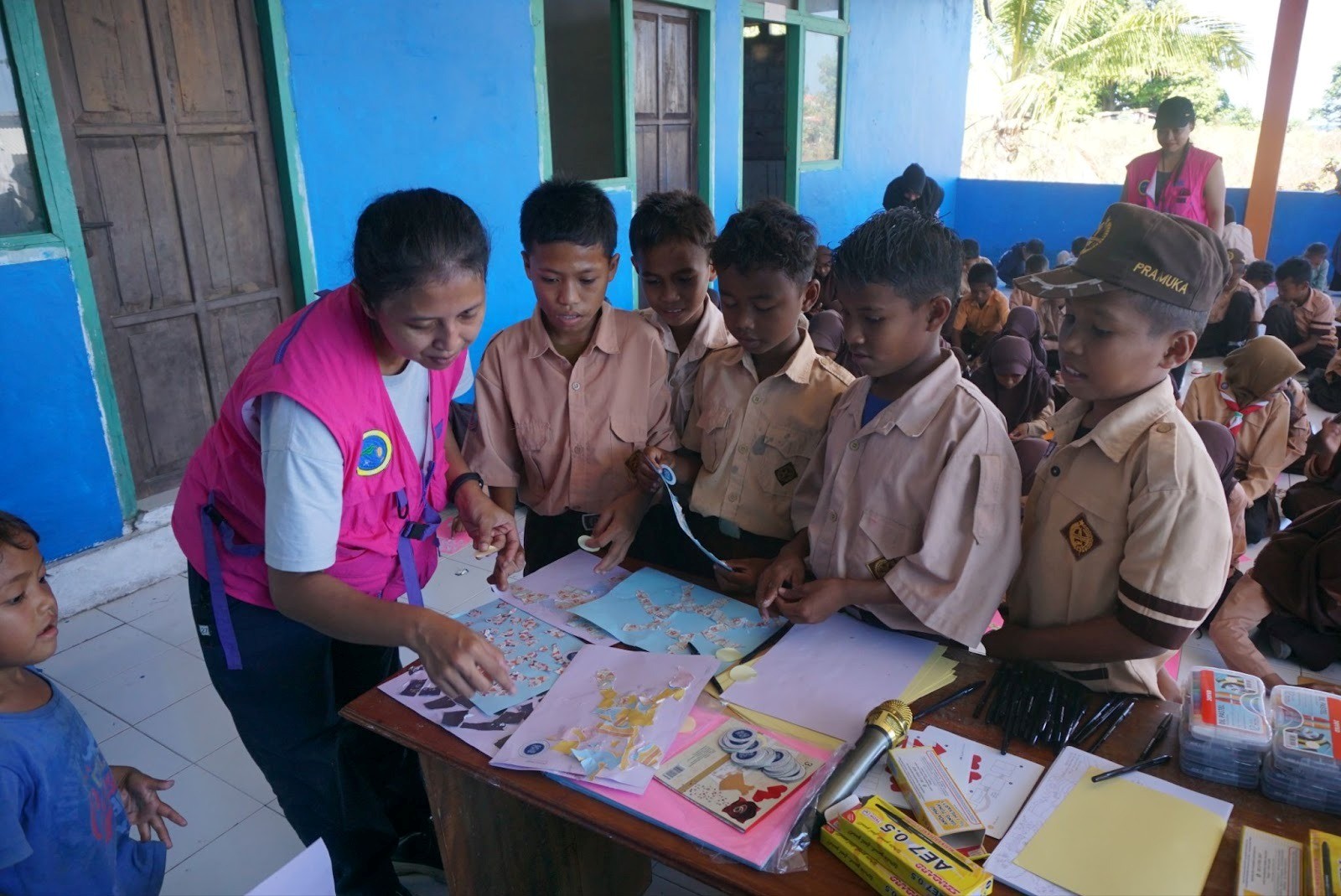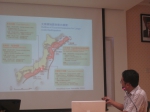Mobile Wireless Routers to Build IT Infrastructure for Emergency Disaster Response
By UKM Student English Forum
Editor UKM Student English Forum

 In disaster management, especially in the emergency phases such as evacuation and channeling resources, as detailed in Undang-Undang no. 24 year 2007, there is a need to have real time and accurate information. Using this information, disaster management and monitoring and sending aid can be done quickly, efficiently, and effectively by the government and by the wider public, so that the aftermath of the disaster can be reduced significantly, especially the social impact.
In disaster management, especially in the emergency phases such as evacuation and channeling resources, as detailed in Undang-Undang no. 24 year 2007, there is a need to have real time and accurate information. Using this information, disaster management and monitoring and sending aid can be done quickly, efficiently, and effectively by the government and by the wider public, so that the aftermath of the disaster can be reduced significantly, especially the social impact.
However, disaster often happen in places not reached by telecommunication and information technology (communication and information technology) or by supporting infrastructure (such as electricity) or the disaster may even exacerbate existing damages in local infrastructure. Currently, there is no solution to solve this problem, which means that more innovation is needed in developing emergency information technology devices with high mobility, low wattage and independent of any infrastructure.
This research suggests tto develop wireless mobile routers for emergency disaster response, using the NGN internet technology. This product is built with an embedded Glomation GESBC-9260S board, making in compact, highly mobile, and easily operated in disaster locations. This device operates using a battery with less than 5 watts. It is also interoperable with existing networks, and is fitted with an interface for radio frequencies, GSM/CDMA networks, wi-fi, wi-max, and satellite. It uses an internet-based protocol, so that informational data, voice, videos, and faxes can be transmitted to support monitoing and reported data, also to access telephone and internet service from each disaster post. The device can be used by many users at once.
The main goal of this research is to develop wireless mobile routers with low wattage and high mobility, in order to be easily afforded by emergency areas.
The development is done in 4 generation phases, namely: 1) the idea phase to hash out the requirements, design, and planned specifications, 2) the alpha phase to produce a functional prototype, 3) the beta phase to test the prototype in a testbed, and 4) the releasing phasae to produce a ready-to-use prototype for industry partners.
The results of this research are:
1) A prototype device, namely a wireless mobile router utilizing information and communication technology,
2) A software platform and builder to evelop the router and gateway access applications.
(Source: ITB Research Output a & Spin-off 2009)



.jpg)
.jpg)

